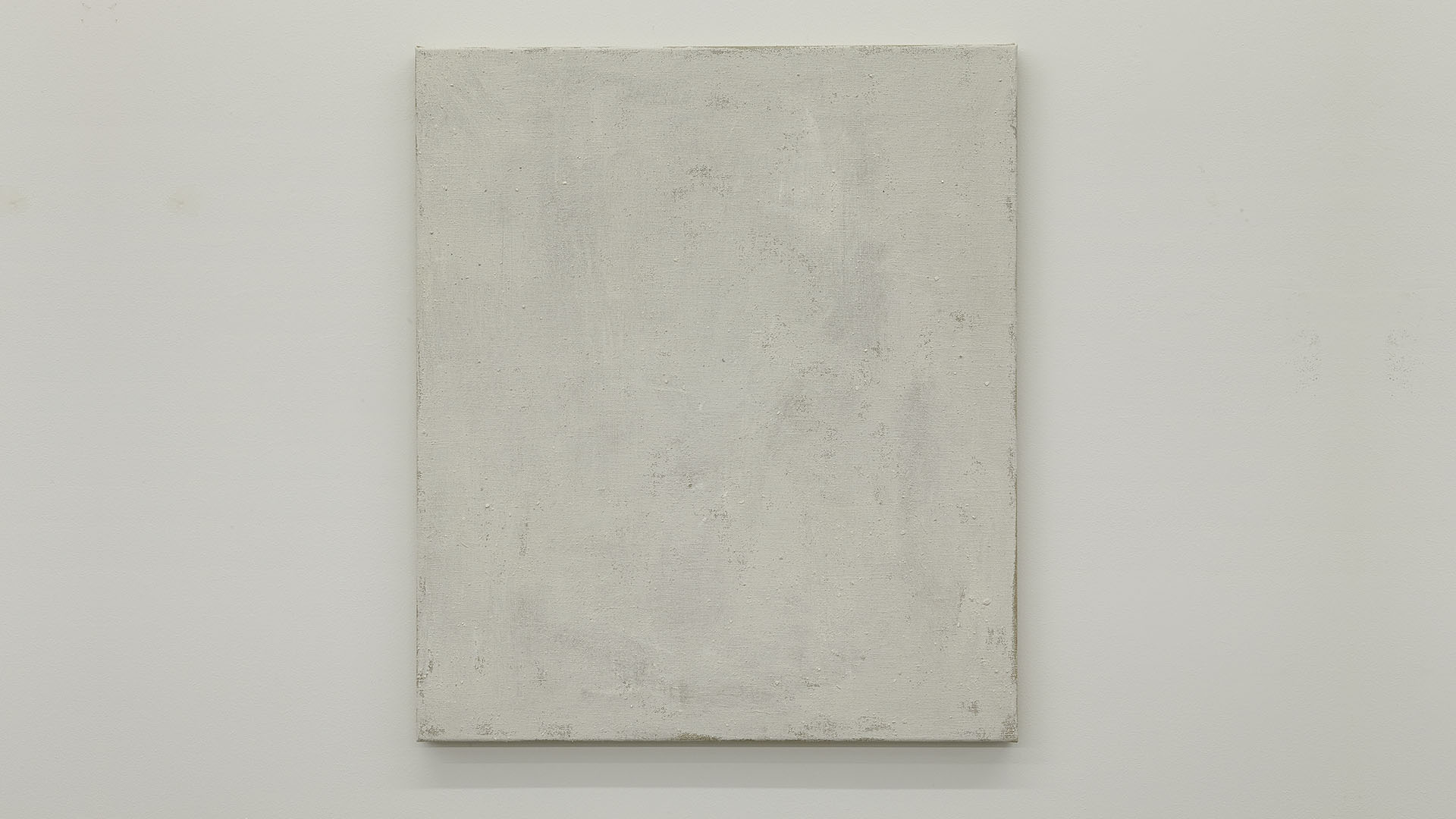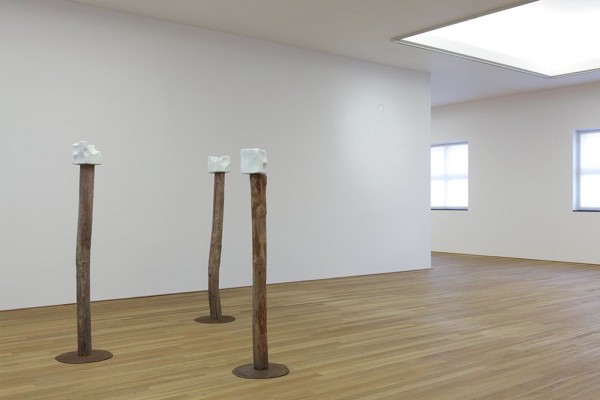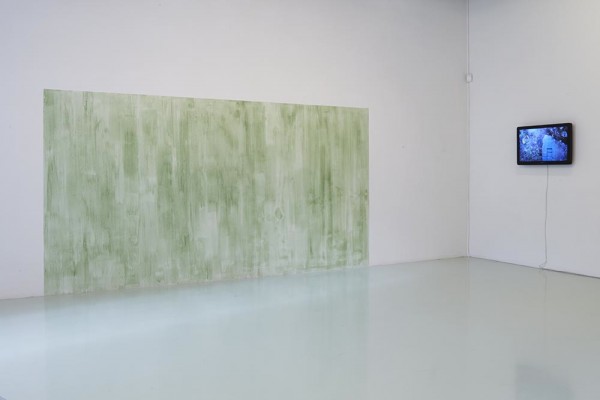Other works from this artist:
Chaim van Luit
Entartet
2015
Is this a reconstruction of a monument? A Mahnmal ( memorial) or an attempt to rewrite history? The fact is that with Entartet, Chaim van Luit creates an image which gives us cause for thought. Entartet # 13 is part of a series of sixteen all-white paintings that refer to works the Nazis labeled as being degenerate and which then disappeared during the war. In other words this is art who’s image has been erased by time.
In all its simplicity the canvas evokes a wealth of images and associations. That these resist any easy labeling, and sometimes even pose contradictions makes the spectator need to work hard. You will only be able to place it if you are willing to let go of all traditional ideas.
First, here are some relevant facts. In July 1937 the Art exhibition Entratete kunst (Degenerate Art) was arranged by the orders of the Nazis in Munich. On display were some six hundred works of modern art from the early twentieth century, from expressionism to dada and cubism to abstract art. The paintings and sculptures were presented in a flea market setting and were surrounded by taunting texts. ‘Entarnet’ pointed at the degenerate nature of this art, and the sick, decadent spirit which it had evoked from. It was this spirit, which they felt had undermined and weakened the German culture in their recent past.
Many of the works disappeared after the exhibition. They were destroyed, sold or otherwise lost in the war. Naturally Jewish artists were well represented, one of whom was Conrad Felix Müller, the creator of Glückliches Par from 1921, the expressionist painting that Entartet # 13 reminds us of.
With his empty replica Chaim Lute makes the loss of Felixmüller’s painting tangible. You look at the absence of the image. Even so however, the new work has its own existence, that of the white abstract canvas. What with its dull, grainy skin, emphatically manifests itself as an autonomous object.
How does the latter relate to the original? Looking for an answer again a new set of questions arise. Was abstract art itself is not an attempt to purge? A whitewashed painting? A clear reference to iconoclasm. Of the rebellious Dutch Protestants in the sixteenth century for instance, who cleansed the churches of all images. But also the iconoclasms of the Byzantine, Islamic and Jewish cultures.
The white paint on the canvas is made from lime which the artist has scrapped from the walls of German bunkers. This fact adds an extra dimension to the story. The circle it appears is complete. But the answer? The answer is still missing.


